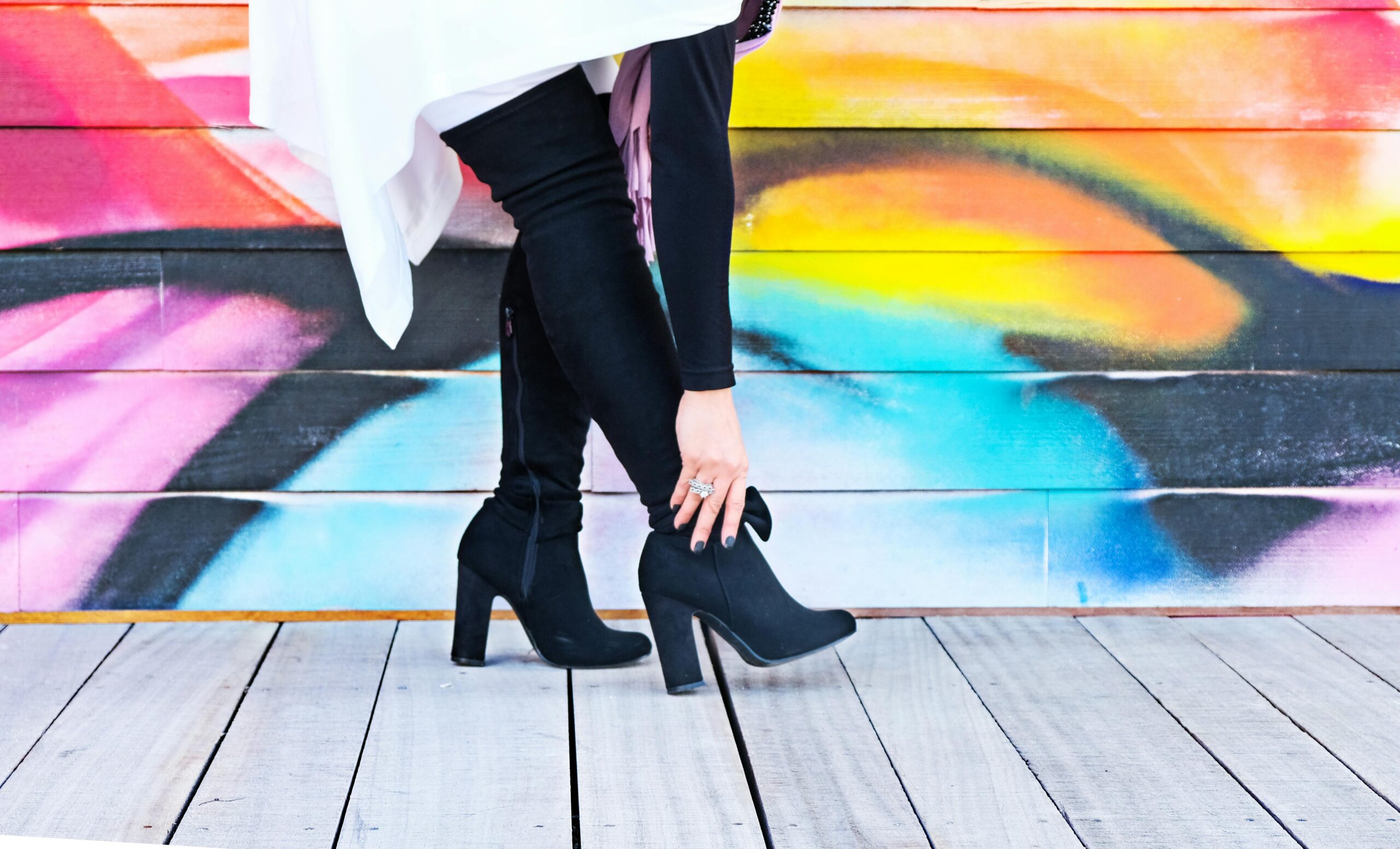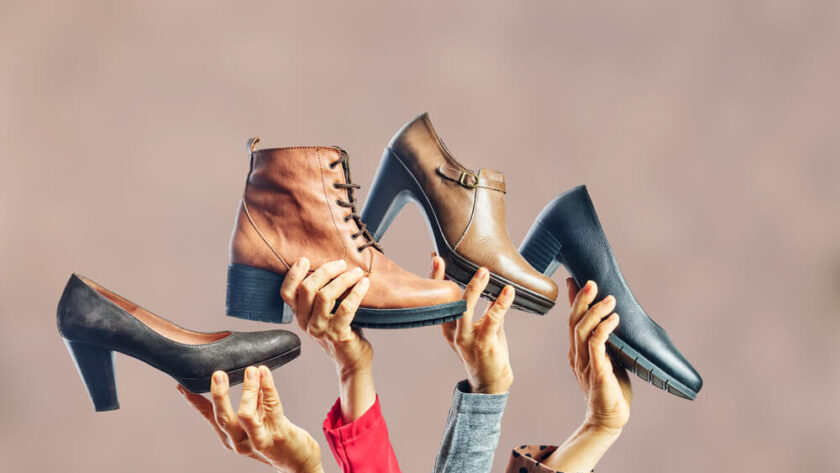The impact of footwear on overall health cannot be overstated. The shoes we wear have a direct effect on the health of our feet, as well as our posture, gait, and even our overall well-being. Ill-fitting or unsupportive footwear can lead to a host of foot problems, including blisters, calluses, corns, and bunions. It can also contribute to more serious issues such as plantar fasciitis, Achilles tendonitis, and even back and knee pain. On the other hand, wearing properly fitting, supportive shoes can help prevent these problems and promote overall foot health.
In addition to foot health, the type of footwear we choose can also impact our posture and gait. Shoes that are too flat or too high can throw off our natural alignment, leading to issues such as overpronation or supination. This can not only cause discomfort and pain in the feet, but it can also lead to problems in the knees, hips, and lower back. Therefore, it is crucial to choose footwear that provides the right amount of support and cushioning to maintain proper alignment and promote healthy movement patterns.

Understanding Your Foot Type and Needs
Understanding your foot type and needs is essential when it comes to choosing the right footwear. Feet are unique, and what fits one person may not fit another. There are three main foot types: flat feet, neutral feet, and high-arched feet. Each of these foot types has specific needs when it comes to support and cushioning. For example, those with flat feet may require shoes with extra arch support to help distribute weight more evenly across the foot, while those with high-arched feet may need shoes with more cushioning to absorb shock.
In addition to foot type, it’s also important to consider any specific foot conditions or issues you may have. For example, if you have bunions or hammertoes, you may need shoes with a wider toe box to accommodate these conditions. If you have plantar fasciitis, you may need shoes with extra cushioning in the heel to help alleviate pain. By understanding your foot type and any specific needs you may have, you can make more informed decisions when it comes to choosing the right footwear for your individual needs.
The Role of Proper Support and Cushioning
Proper support and cushioning are crucial when it comes to maintaining foot health and preventing pain and discomfort. The arches of the feet act as shock absorbers, helping to distribute weight evenly across the foot with each step. Therefore, it’s important to choose shoes that provide adequate arch support to help maintain proper alignment and prevent issues such as overpronation or supination. In addition to arch support, cushioning is also important for absorbing shock and reducing impact on the feet and lower body.
When it comes to support and cushioning, it’s important to consider the specific activities you will be engaging in while wearing the shoes. For example, if you will be running or participating in high-impact activities, you may need shoes with extra cushioning in the heel and forefoot to help absorb shock and reduce the risk of injury. On the other hand, if you will be standing for long periods of time, you may need shoes with more supportive arches to help prevent fatigue and discomfort. By understanding the role of proper support and cushioning in different situations, you can make more informed decisions when it comes to choosing the right footwear for your needs.
Considerations for Different Activities and Environments
When choosing footwear, it’s important to consider the specific activities and environments in which you will be wearing the shoes. Different activities require different types of support and cushioning, so it’s important to choose shoes that are appropriate for the specific demands of each activity. For example, if you will be hiking or walking on uneven terrain, you may need shoes with more aggressive tread patterns and ankle support to help prevent slips and falls. On the other hand, if you will be participating in a sport such as basketball or tennis, you may need shoes with more lateral support to help prevent ankle injuries.
In addition to considering specific activities, it’s also important to think about the environments in which you will be wearing the shoes. For example, if you will be wearing the shoes in wet or slippery conditions, you may need shoes with non-slip soles to help prevent falls. If you will be wearing the shoes in hot or cold weather, you may need shoes with breathable or insulated materials to help regulate temperature and keep your feet comfortable. By considering the specific activities and environments in which you will be wearing the shoes, you can make more informed decisions when it comes to choosing the right footwear for your needs.
The Importance of Proper Fit and Sizing
The importance of proper fit and sizing cannot be overstated when it comes to choosing the right footwear. Ill-fitting shoes can lead to a host of foot problems, including blisters, calluses, corns, and bunions. They can also contribute to more serious issues such as plantar fasciitis, Achilles tendonitis, and even back and knee pain. Therefore, it’s crucial to choose shoes that fit properly and provide adequate room for the toes to move freely.
When it comes to finding the right fit, it’s important to consider both length and width. Shoes that are too short or too narrow can cause discomfort and pain, while shoes that are too long or too wide can lead to instability and an increased risk of injury. It’s also important to consider any specific foot conditions or issues you may have when determining the right fit for your individual needs. By prioritizing proper fit and sizing when choosing footwear, you can help prevent a host of foot problems and promote overall foot health.
Quality Materials and Construction
In addition to fit and sizing, it’s also important to consider the quality of materials and construction when choosing footwear. High-quality materials such as leather, suede, and breathable mesh can help promote comfort and durability, while low-quality materials such as plastic or synthetic fabrics can lead to discomfort and premature wear. It’s also important to consider the construction of the shoes, including factors such as stitching, seams, and reinforcement in high-wear areas.
When it comes to materials and construction, it’s important to consider both the upper and lower parts of the shoe. The upper part of the shoe should provide adequate support and flexibility, while the lower part should offer stability and traction. It’s also important to consider any specific features that may be important for your individual needs, such as waterproofing or insulation for specific environments. By prioritizing quality materials and construction when choosing footwear, you can ensure that your shoes will provide long-lasting comfort and support for your individual needs.
Caring for Your Footwear: Tips for Longevity
Once you have chosen the right footwear for your individual needs, it’s important to take steps to maintain and care for your shoes to ensure they continue to provide comfort and support over time. One important aspect of maintaining your footwear is cleaning them regularly to remove dirt and debris that can cause premature wear and tear. This can be done using a soft brush or cloth with mild soap and water for most materials.
In addition to cleaning your shoes regularly, it’s also important to store them properly when not in use. This means keeping them in a cool, dry place away from direct sunlight or heat sources that can cause damage to the materials. It’s also important to avoid wearing the same pair of shoes every day, as this can lead to premature wear and tear. Instead, it’s a good idea to rotate between different pairs of shoes to give each pair time to air out and recover between wears.
Another important aspect of maintaining your footwear is addressing any signs of wear or damage as soon as they arise. This may include replacing worn-out insoles or outsoles, repairing loose stitching or seams, or addressing any signs of damage such as cracks or tears in the materials. By taking proactive steps to maintain and care for your footwear, you can ensure that your shoes continue to provide comfort and support for your individual needs over time.
In conclusion, the impact of footwear on overall health is significant, with ill-fitting or unsupportive shoes leading to a host of foot problems and even contributing to issues such as back and knee pain. Understanding your foot type and needs is crucial when it comes to choosing the right footwear, as everyone’s feet are unique and have specific requirements for support and cushioning. Proper support and cushioning are essential for maintaining foot health and preventing pain and discomfort, with different activities and environments requiring different types of support and cushioning.
The importance of proper fit and sizing cannot be overstated when it comes to choosing footwear, as ill-fitting shoes can lead to a host of foot problems. Quality materials and construction are also important considerations when choosing footwear, as high-quality materials such as leather and breathable mesh can promote comfort and durability. Finally, maintaining and caring for your footwear is crucial for ensuring that your shoes continue to provide comfort and support over time.
By prioritizing these factors when choosing footwear, you can ensure that your shoes provide long-lasting comfort and support for your individual needs while promoting overall foot health.



